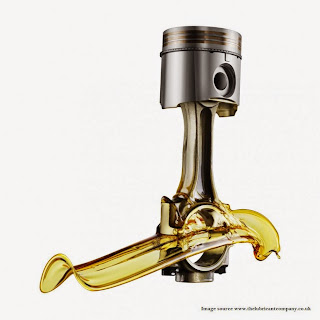Defibrillator Market Size, Share - Global Report, 2021-2026
Defibrillators are specialized devices that monitor the heart rhythm and deliver electric shocks to rectify abnormal heart rhythms on detection, and as such, play an important role in the treatment of sudden cardiac arrest. Growth in this defibrillator market is mainly driven by the rising prevalence of target diseases, growing focus on providing public-access defibrillators, and training and awareness programs on defibrillators. In addition, emerging markets and the development of S-ICDs and MRI-compatible ICDs and CRT-Ds are expected to offer growth opportunities for players in the defibrillators market.
According to research report the global defibrillator market size is expected to reach USD 18.2 billion by 2026 from an estimated USD 11.4 billion in 2021, at a CAGR of 9.7% from 2021 to 2026.
Download PDF Brochure: https://www.marketsandmarkets.com/pdfdownloadNew.asp?id=549
Cardiovascular disease (CVD) is a leading cause of death and disability across the globe. Globally, 17.9 million deaths due to CVD were reported in 2019, which amounts to 32% of the total deaths worldwide (Source: WHO). More than 75% of deaths due to CVDs occur in low- and middle-income countries. In the US alone, there were more than 390,000 sudden cardiac arrests in 2018 (Source: American Heart Association). Of the total US population, around 65% of deaths due to CVDs occur in people aged 75 and over, 29% in the age group of 55–74, and 6% in the age group of 35–54. Owing to this, the demand for defibrillators has increased, as these devices help save the lives of patients at a high risk of cardiac arrest.
On the basis of product type, the defibrillator market is segmented into Implantable Cardioverter Defibrillators and External Defibrillators. The implantable cardioverter defibrillator (ICDs) are futher divided into Transvenous implantable cardioveter defibrillator and Subcutaneous implantable cardioverter defibrillators, whereas external defibrillators are divided into fully automated AED, manual AED and wearable defibrillators. The ICDs segment accounted for 71.5% of the global AED market in 2020, while tranvenous implantable cardioverter defibrillator segment group accounts for 99% of ICDs market in 2020. The large share of this market segment can be attributed to the increasing prevalence of cardiovascular diseases and the development of technologically advanced defibrillators.
Based on end users, the defibrillators market is segmented into hospitals, clinics, and cardiac centers; prehospital care settings; public-access markets; alternate care facilities; home care settings; and other end users. The hospitals, clinics, and cardiac centers segment dominated the global AED market, with a share of 80.2%, in 2020. The development of advanced ICDs and CRT-Ds and the large number of ICD and CRT-D implant procedures performed in hospitals, clinics, and cardiac centers are the major factors contributing to the large share of this end-user segment.
Opportunity: Emerging Markets
Emerging markets offer significant growth opportunities for players in the defibrillators market, owing to the rising incidence of cardiovascular disease and improving healthcare infrastructure in these countries. According to a research study published by the American Heart Association, annual cardiovascular events in China are projected to increase by more than 50% from 2010 to 2030. Similarly, cardiac ailments killed approximately 28% of Indians in 2016, double the numbers reported in 1990 when heart diseases caused 15% of the total number of deaths.
To leverage the high growth opportunities for defibrillator devices in emerging markets, manufacturers are strategically focusing on expanding their presence in these countries. For instance, in May 2016, Medtronic opened its Asia Pacific headquarters in Singapore to support operations at 80 locations in this region. In January 2016, Nihon Kohden Corporation established its sales subsidiary, Nihon Kohden Mexico S.A. de C.V., in Mexico to provide sales and aftersales support for the company’s products and services.
The competitive landscape includes the analysis of the key growth strategies adopted by major players between 2018–2020 to expand their global presence and increase their market shares in the defibrillator market. The key growth strategies adopted by the top players in the market include product launches approvals, mergers acquisitions, collaborations, partnerships, and agreements. Product approvals and launches were the most widely adopted growth strategies by market players in the last three years to garner a larger share of the market. The defibrillator market is dominated by Medtronic (Ireland), Stryker Corporation (US), Koninklijke Philips N.V. (Netherlands), Asahi Kasei Corporation (Japan), Boston Scientific Corporation (US), Abbott (US), Nihon Kohden (Japan), MicroPort (China).
Request For Free Report Sample Pages: https://www.marketsandmarkets.com/requestsampleNew.asp?id=549
This study involved the extensive use of both primary and secondary sources. The research process involved the study of various factors affecting the industry to identify the segmentation types, industry trends, key players, competitive landscape, fundamental market dynamics, and key player strategies.
Contact:
Mr. Aashish Mehra
MarketsandMarkets™ INC.
630 Dundee Road
Suite 430
Northbrook, IL 60062
USA : 1-888-600-6441
sales@marketsandmarkets.com

Comments
Post a Comment